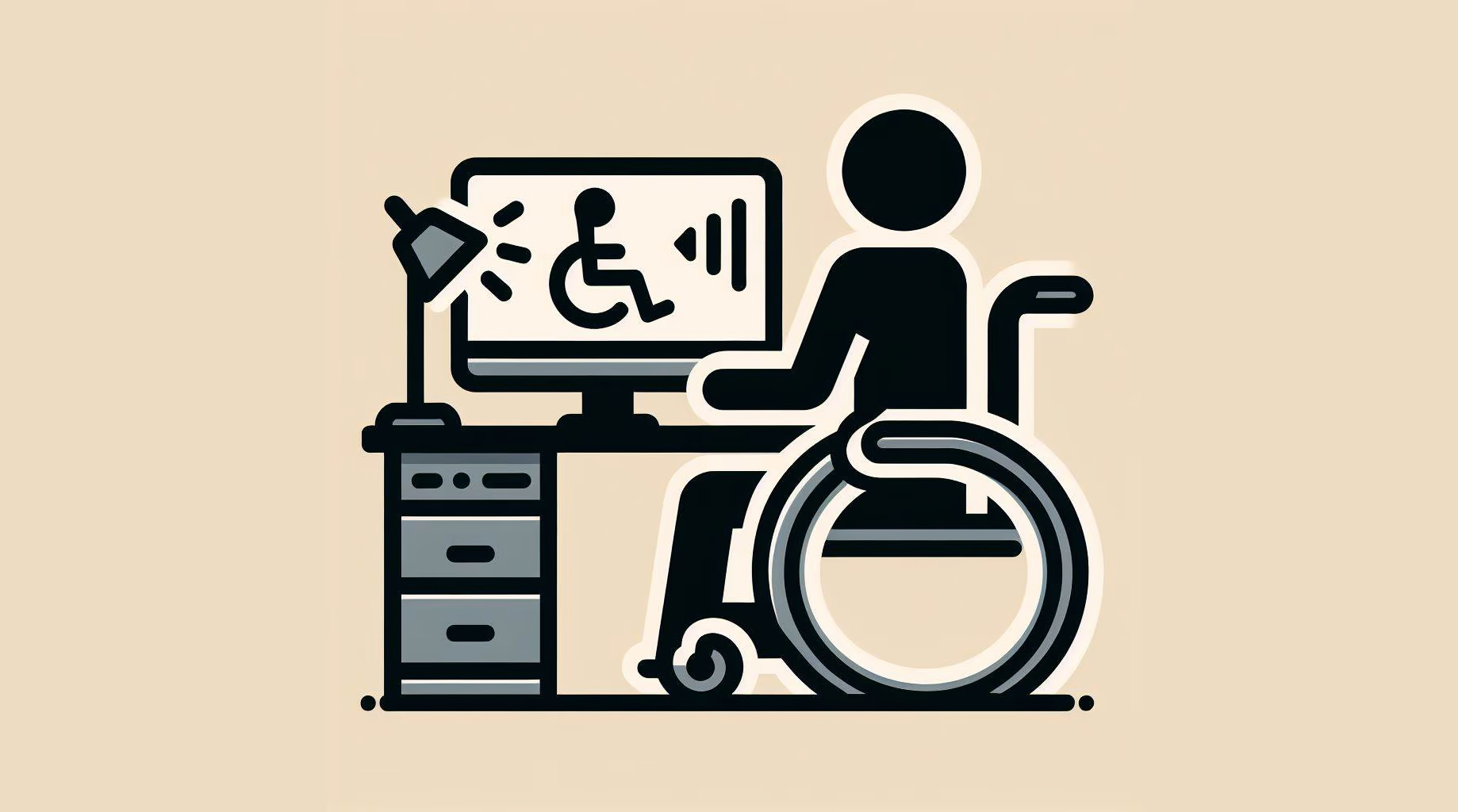
Written by Renars Laicans
The Web Is Not for Everyone: Why Most Websites Are Failing Accessibility 101
Imagine being in a wheelchair and finding a beautiful new building in the city. It’s sleek, modern, and has everything you need—except a ramp or an elevator. Frustrating, right? Now, apply that same scenario to the digital world, where millions of people with disabilities encounter websites that are effectively “no-go” zones. The hard truth is that the web isn’t for everyone, not because it can’t be, but because most websites are failing Accessibility 101.
The numbers don’t lie - a vast majority of websites don’t meet even the most basic level of the Web Content Accessibility Guidelines (WCAG). This reality affects more people than you might think. As a tech enthusiast and advocate for inclusion, it boggles my mind that in this day and age, so many websites remain inaccessible to those who need them most.
Accessibility 101: What It Means and Why It Matters
Let’s break it down: what is web accessibility, and why does it matter? In its simplest form, web accessibility ensures that websites are designed and developed so that people with disabilities can use them. We’re talking about users who have visual impairments, hearing loss, mobility challenges, or cognitive disabilities. To make the web accessible, the World Wide Web Consortium (W3C) created the Web Content Accessibility Guidelines, which lays out a series of guidelines to ensure accessibility.
These guidelines are categorized into three levels - A, AA, and AAA - with A being the most basic level. It’s like a test where A is a passing grade, AA is good, and AAA is perfect. Unfortunately, many websites can’t even pass the entry-level A grade. This leaves people with disabilities in the digital dark, unable to access information, services, or online communities.
The Consequences of Inaccessible Websites
The consequences of failing Accessibility 101 are severe. When websites aren’t accessible, people with disabilities are cut off from the digital world. This means they can’t access essential information, communicate with others, or perform basic tasks like online shopping or banking. It’s more than inconvenient - it’s exclusionary.
Consider the experience of someone with visual impairments. If a website doesn’t provide alternative text for images or has poor color contrast, a screen reader can’t interpret the content. This leads to confusion and frustration, ultimately driving users away. According to recent studies, over 70% of websites have significant accessibility issues. That’s a staggering figure, and it underscores just how widespread this problem is.
The Legal and Social Imperatives
Let’s talk about the legal side of things. In many countries, web accessibility is not just a recommendation - it’s a requirement. In the United States, the Americans with Disabilities Act (ADA) mandates accessibility, and the UK has similar laws under the Equality Act. Failing to meet these standards can result in lawsuits, fines, and a tarnished reputation. But legal compliance isn’t the only reason to care about accessibility.
There’s also a strong social and economic imperative. Accessible websites reach a broader audience, including people with disabilities and the elderly. This translates into a larger customer base, more diverse voices, and a more inclusive online community. By excluding people with disabilities, businesses are effectively turning away customers and missing out on the potential for greater social impact.
Fixing the Problem: What Needs to Change
So, what’s the way forward? It starts with identifying common barriers to accessibility and addressing them. Think of it like debugging a piece of software—you need to find the issues and fix them systematically. Common problems include:
-
Lack of Alternative Text: Images without descriptive text are invisible to screen readers.
-
Inaccessible Navigation: Complicated menus or poor keyboard support make websites hard to use.
-
Poor Color Contrast: Text that blends into the background is unreadable for many users.
Developers and website owners must prioritize accessibility from the start. This means using tools and resources designed to test and improve accessibility, like screen readers, automated checkers, and keyboard navigation tools. It also requires adopting best practices, such as providing clear labels, ensuring proper color contrast, and offering alternative ways to access content.
Final Thoughts
The road to web accessibility starts with awareness and advocacy. At Enablify, We try to raise awareness, but we need a collective effort to drive change. Businesses, developers, and website owners must take responsibility for creating accessible websites. Users can also play a role by advocating for their rights and supporting organizations that promote accessibility.
Ultimately, making the web accessible benefits everyone. It fosters diversity, promotes inclusion, and creates a digital world where everyone can participate. So let’s get to work. If you’re a developer, start incorporating accessibility into your design process. If you’re a business owner, ensure your website meets accessibility standards. And if you’re a user, don’t hesitate to speak up when you encounter accessibility barriers.
Together, we can transform the web into a place where everyone is welcome, regardless of their abilities. The web should be for everyone, and it’s time to make that a reality.